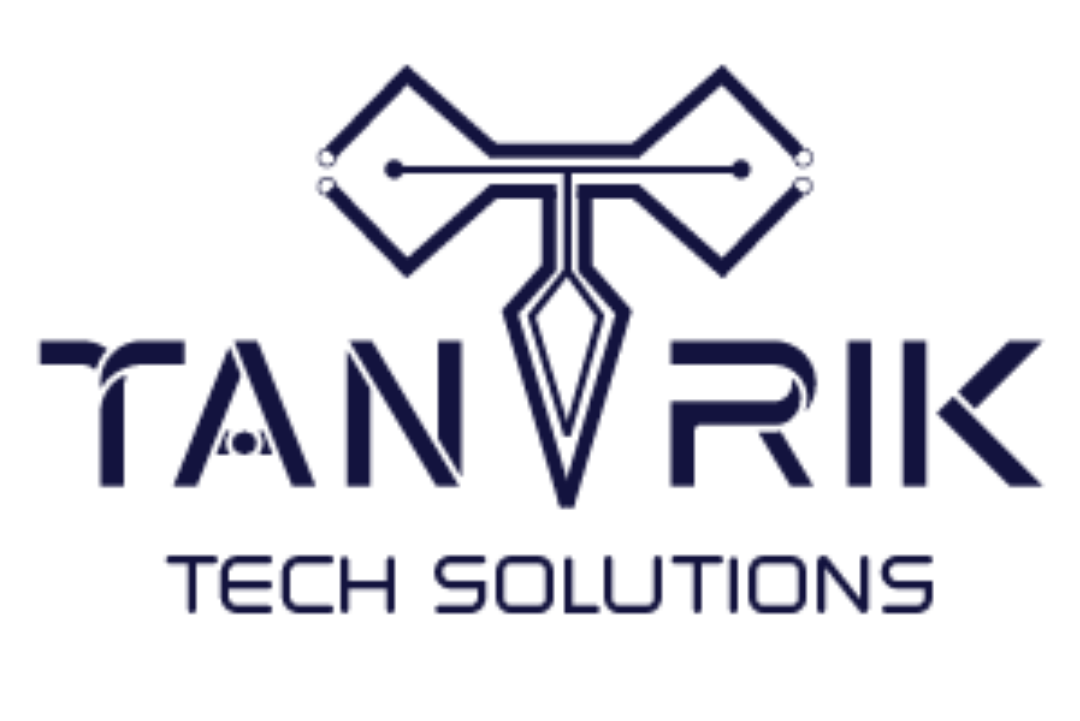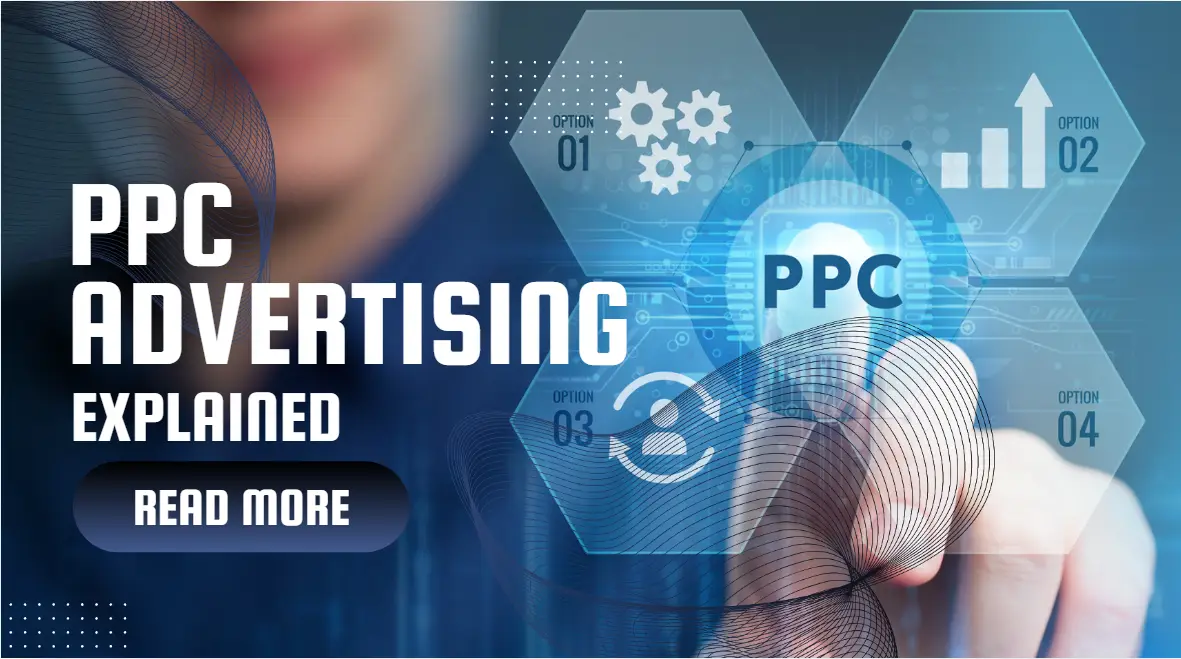In the world of digital marketing, Pay-Per-Click (PPC) advertising is one of the most effective ways to generate targeted traffic and achieve measurable returns on investment (ROI). PPC gives businesses control over their budget, precise targeting, and the ability to see immediate results. Whether you’re new to PPC or looking to optimize your current strategy, mastering PPC advertising is essential to driving traffic and maximizing ROI in today’s competitive digital landscape.
As a professional digital marketer, this guide will cover everything you need to know about PPC advertising, including best practices, tools, and strategies that can help you unlock its full potential for your business.
What is PPC Advertising?
PPC, or Pay-Per-Click advertising, is an online advertising model where advertisers pay a fee each time someone clicks on their ad. It’s a way to buy visits to your site rather than earning them organically. The most common form of PPC is search engine advertising, where advertisers bid for ad placement in a search engine’s sponsored links when someone searches for a keyword related to their business.
Popular platforms include Google Ads, Microsoft Advertising, Facebook Ads, and LinkedIn Ads. PPC ads can appear in search results, social media feeds, display networks, and video platforms.
Types of PPC Ads:
- Search Ads: Appear at the top of search engine results pages (SERPs).
- Display Ads: Banner ads that appear across various websites.
- Social Ads: Ads displayed within social media platforms like Facebook, Instagram, and LinkedIn.
- Shopping Ads: Product-based ads that appear in Google Shopping or other eCommerce platforms.
- Video Ads: Ads shown before, during, or after YouTube videos or other video platforms.
The Benefits of PPC Advertising
PPC is one of the most reliable and powerful tools in a digital marketer’s arsenal. Here are some reasons why PPC advertising is so effective:
Immediate Traffic
Unlike SEO, which can take months to build momentum, PPC provides instant results. Once your campaign is live, your ads start driving traffic to your site almost immediately.
Highly Targeted Audiences
With PPC, you can target users based on specific keywords, demographics, locations, devices, and even behaviors. This ensures your ads reach the right people at the right time.
Measurable Results
PPC campaigns are highly trackable. You can measure key performance indicators (KPIs) such as impressions, clicks, conversions, and ROI in real-time, allowing you to make data-driven decisions.
Cost Control
You have full control over your PPC budget. You only pay when someone clicks on your ad, and you can set daily or monthly limits to ensure you don’t exceed your advertising budget.
Boosts Brand Visibility
Even if users don’t click on your ad, appearing in search results or across social media channels can increase your brand’s visibility and awareness, fostering trust and recognition over time.
How PPC Advertising Works: The Auction System
PPC operates on an auction model. For platforms like Google Ads, every time a search is conducted, an auction takes place. Advertisers bid on specific keywords, and the highest bidders (combined with other factors like ad quality) secure top placements in the SERP.
Key Factors in the PPC Auction:
- Bid Amount: How much you’re willing to pay for a click.
- Quality Score: Google’s rating of your ad’s relevance and quality, which considers factors like the click-through rate (CTR), landing page quality, and keyword relevance.
- Ad Rank: A combination of your bid amount and Quality Score, which determines your ad’s position.
By balancing your bid strategy with high-quality ads and landing pages, you can improve your Ad Rank without necessarily having to bid higher than competitors.
Creating an Effective PPC Strategy
To maximize the effectiveness of PPC advertising, you need a well-thought-out strategy that aligns with your business goals. Here are the steps to creating a powerful PPC strategy:
Keyword Research
Effective keyword research is the foundation of any successful PPC campaign. Use tools like Google Keyword Planner, SEMrush, or Ahrefs to identify high-intent keywords that align with your products or services. Focus on a mix of short-tail (broad) and long-tail (specific) keywords for better targeting.
Competitor Analysis
Analyze your competitors’ PPC strategies to gain insights into their bidding tactics, keyword usage, and ad copy. Tools like SpyFu and Adbeat allow you to monitor competitor ads and reverse-engineer their approach.
Crafting Compelling Ad Copy
Your ad copy should be concise, persuasive, and directly related to the user’s search intent. Highlight your unique selling proposition (USP), include a clear call-to-action (CTA), and make sure your ad copy aligns with your landing page content to boost your Quality Score.
Design High-Converting Landing Pages
Landing pages play a critical role in converting clicks into leads or sales. Ensure your landing pages are optimized for user experience, fast-loading, and designed to convert. Use strong headlines, clear CTAs, and minimize distractions to keep users focused on the conversion goal.
Set Up Ad Extensions
Ad extensions allow you to include additional information in your ads, such as phone numbers, location, or links to specific pages. Use extensions like sitelink extensions, call extensions, and location extensions to provide more value to users and increase click-through rates (CTR).
Maximizing ROI with PPC Optimization Techniques
Once your campaigns are up and running, optimization is key to maximizing ROI. Here are some optimization tactics to ensure you’re getting the most out of your PPC investment:
Monitor and Adjust Bids
PPC bidding is dynamic, and you’ll need to regularly adjust your bids based on performance data. Focus on increasing bids for high-converting keywords while lowering bids or pausing low-performing ones.
Use Negative Keywords
Negative keywords prevent your ads from being shown to users who are unlikely to convert. For example, if you sell premium products, you might want to exclude search terms like “cheap” or “free.” This helps reduce wasted ad spend and improves ROI.
A/B Test Your Ads
Continuously test different variations of your ad copy, headlines, and CTAs to see what resonates best with your audience. Split testing (A/B testing) allows you to refine your ads for better performance.
Optimize Ad Scheduling
Use ad scheduling to show your ads at times when your audience is most likely to engage. For example, if you notice higher conversion rates during specific hours or days, you can allocate more budget during those peak times.
Focus on Mobile Optimization
With mobile traffic surpassing desktop, ensure your ads and landing pages are fully optimized for mobile users. Use mobile-preferred ad formats and create mobile-friendly landing pages to enhance user experience and conversion rates.
Measuring Success: Key PPC Metrics to Track
To gauge the effectiveness of your PPC campaigns, it’s essential to track the right metrics. Here are some of the most important PPC KPIs to monitor:
Click-Through Rate (CTR)
CTR measures the percentage of people who clicked on your ad after seeing it. A higher CTR indicates that your ad is relevant and engaging to your audience.
Conversion Rate
Your conversion rate measures how many clicks on your ads led to a desired action (such as a purchase or sign-up). A high conversion rate means your landing page and offer are compelling.
Cost Per Click (CPC)
CPC is the amount you pay each time someone clicks on your ad. Lowering your CPC while maintaining high-quality traffic is key to maximizing your ROI.
Cost Per Acquisition (CPA)
CPA tracks how much you’re spending to acquire a new customer or lead. A low CPA means you’re efficiently turning ad spend into conversions.
Return on Ad Spend (ROAS)
ROAS calculates the revenue generated for every dollar spent on PPC. A higher ROAS indicates that your campaigns are delivering strong profitability.
PPC Advertising Tools to Enhance Your Strategy
There are a variety of tools available to help you manage, optimize, and analyze your PPC campaigns. Here are some must-have tools for PPC advertisers:
- Google Ads Editor: A powerful tool for managing large-scale campaigns offline.
- SEMrush: Great for keyword research, competitor analysis, and ad tracking.
- Unbounce: A landing page builder that allows you to create and A/B test high-converting landing pages.
- Optmyzr: A PPC optimization platform that helps automate and improve campaign performance.
- Google Analytics: Track website traffic, user behavior, and conversions to measure the impact of your PPC efforts.
Common PPC Mistakes to Avoid
Even seasoned digital marketers can make mistakes in their PPC campaigns. Here are some common pitfalls to watch out for:
Ignoring Negative Keywords
Failing to use negative keywords can lead to irrelevant traffic and wasted ad spend. Regularly update your negative keyword list to ensure you’re only targeting qualified prospects.
Not Testing Ad Copy
Running the same ad copy without testing alternatives can cause performance to stagnate. Regular A/B testing is crucial to maintaining high engagement rates.
Overlooking Mobile Users
Mobile users now make up the majority of online traffic. If your ads and landing pages aren’t optimized for mobile, you could be losing out on valuable conversions.
Focusing Only on CPC, Not Conversions
While keeping CPC low is important, it’s equally essential to focus on conversions. A low CPC doesn’t always mean profitability if the traffic isn’t converting into leads or sales.
Scaling Your PPC Campaigns for Growth
Once you’ve established a successful PPC campaign, scaling it is the next step to achieving even higher returns. Here’s how you can effectively scale your PPC campaigns:
- Expand Keyword Lists: Add new keywords based on search trends or product offerings.
- Increase Budget Gradually: Scale your budget while monitoring performance metrics to ensure ROI remains positive.
- Diversify Ad Platforms: Explore other PPC platforms like Bing Ads, Amazon Ads, and Quora Ads to reach new audiences.
- Leverage Automation: Use automated bidding strategies, smart campaigns, and machine learning tools to optimize your campaigns at scale.
Conclusion
PPC advertising is an incredibly powerful tool for generating traffic, leads, and sales, but it requires a well-thought-out strategy and continuous optimization to truly maximize ROI. By understanding the mechanics of PPC, setting clear goals, and leveraging the right tools, you can run effective campaigns that drive measurable results for your business.
Stay committed to testing, refining, and scaling your campaigns as you gain insights and improve performance. Mastering PPC is an ongoing process, but with the right approach, you can unlock incredible growth for your business.




